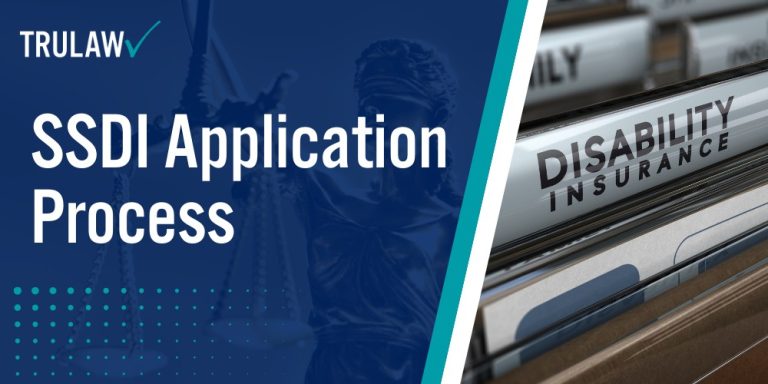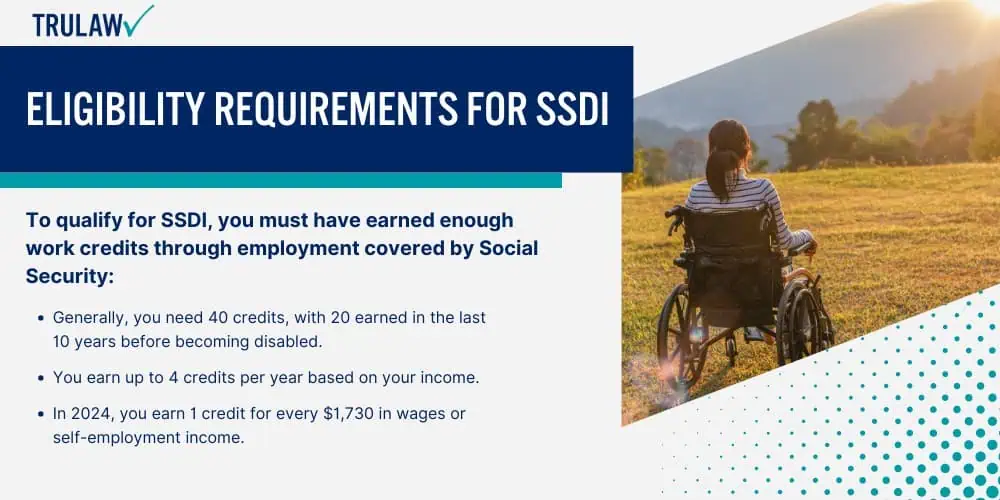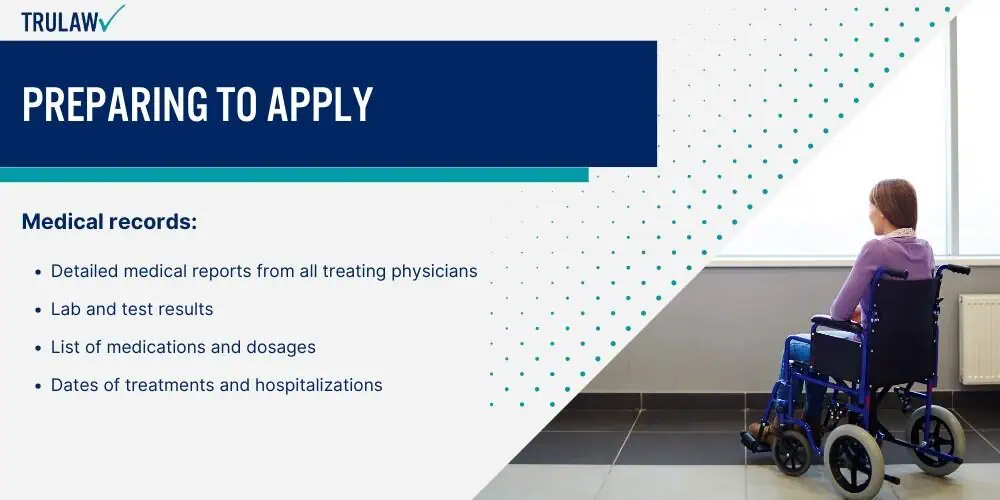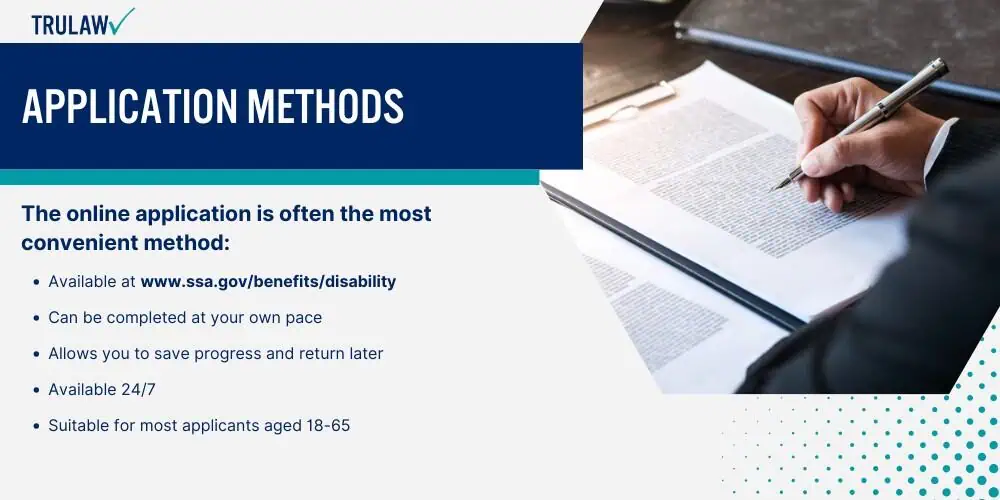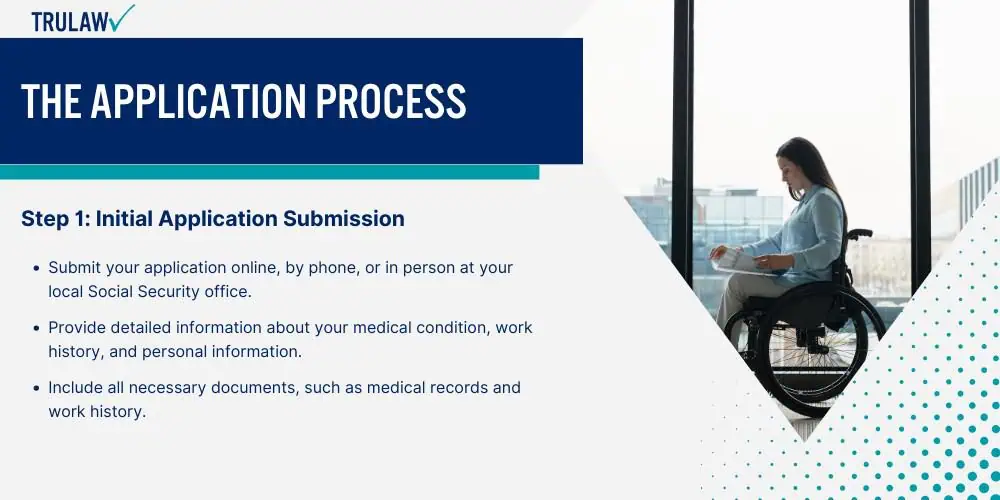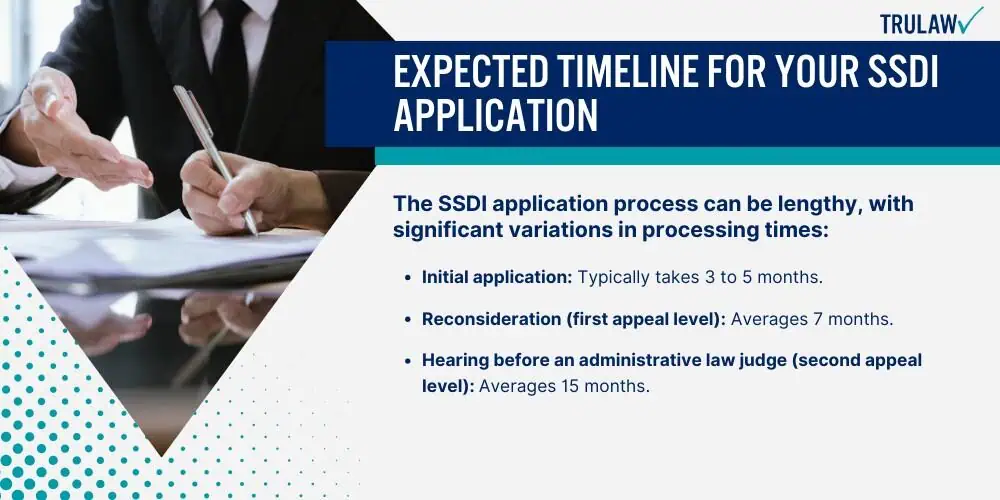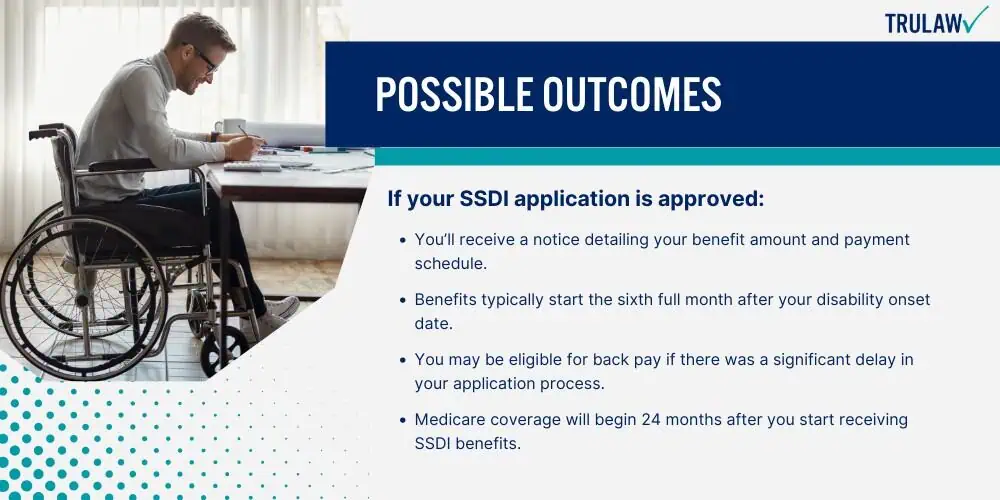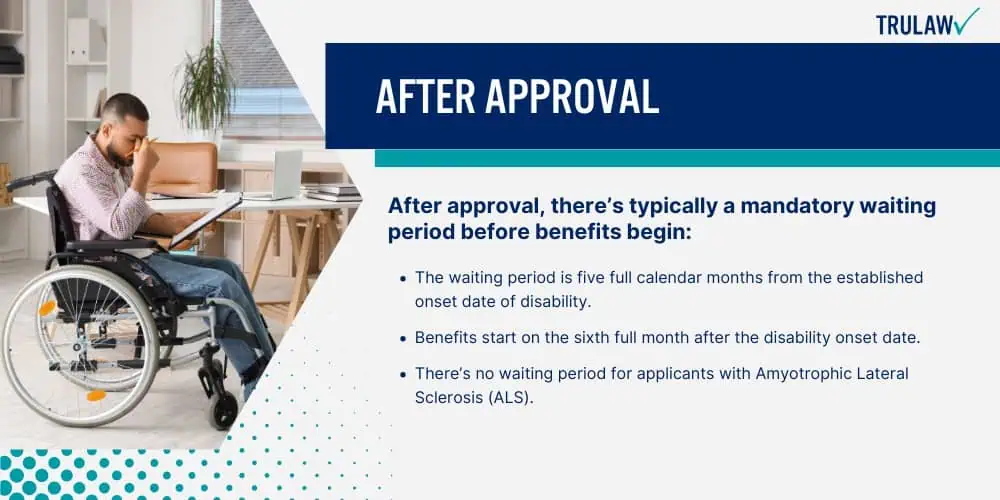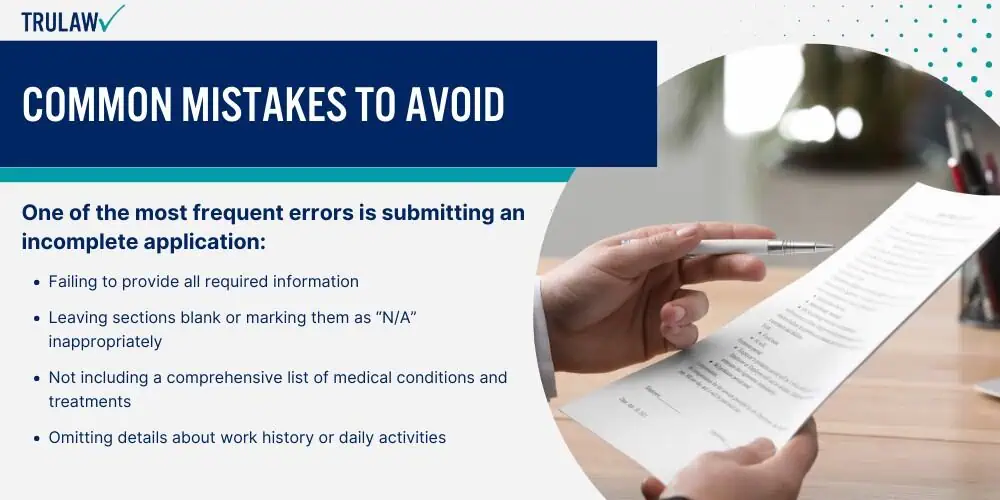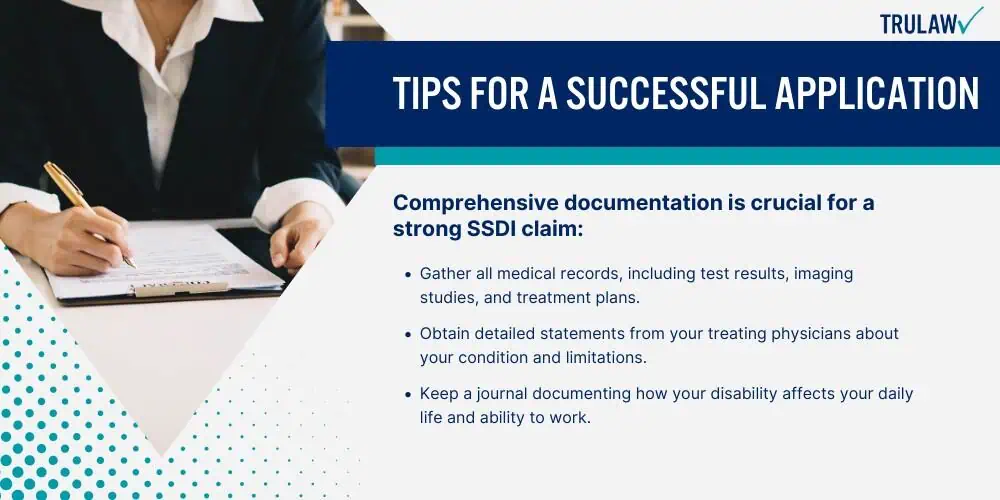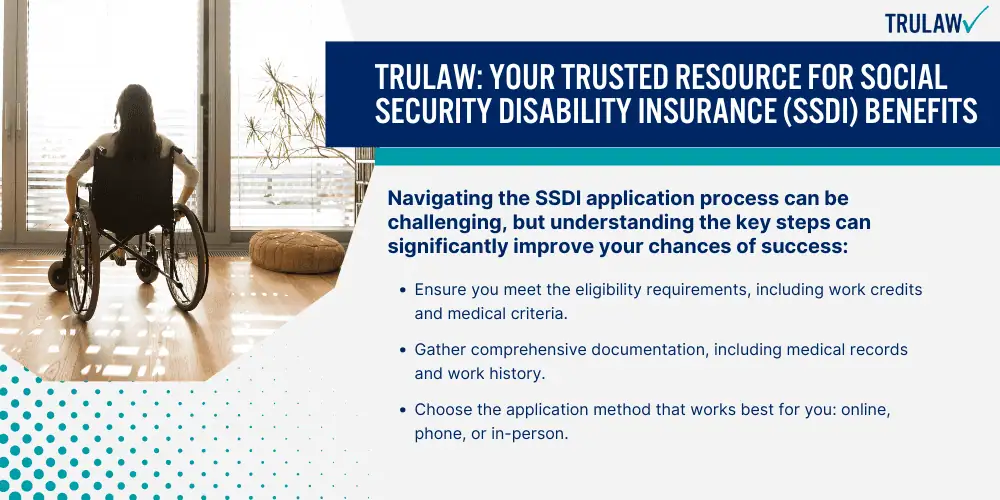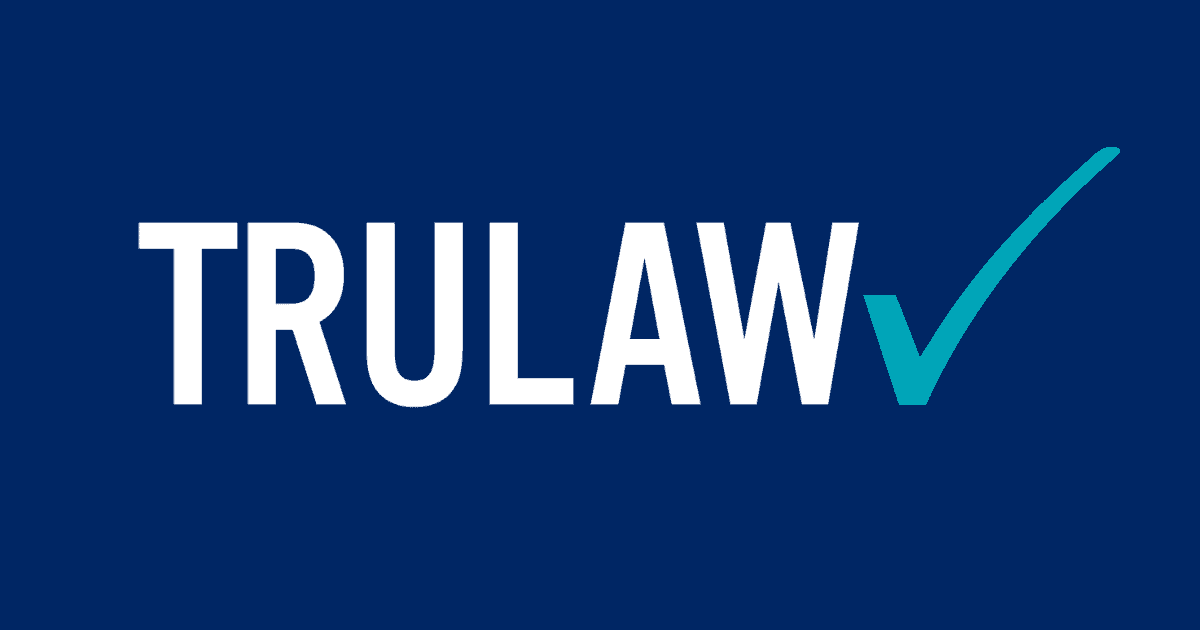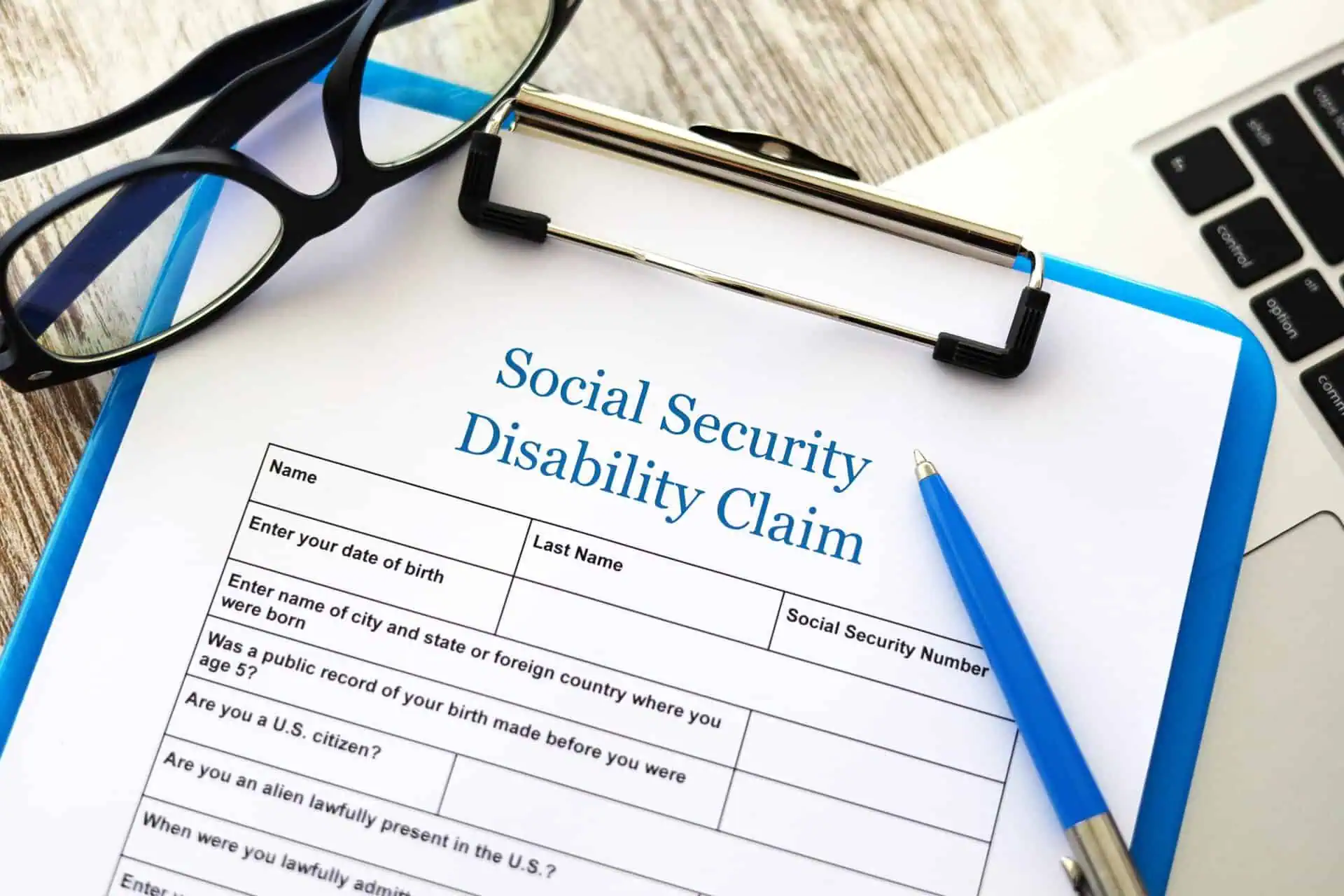Work credits
To qualify for SSDI, you must have earned enough work credits through employment covered by Social Security:
- Generally, you need 40 credits, with 20 earned in the last 10 years before becoming disabled.
- You earn up to 4 credits per year based on your income.
- In 2024, you earn 1 credit for every $1,730 in wages or self-employment income.
- Younger workers may qualify with fewer credits.
Medical condition criteria
Your medical condition must meet the SSA’s definition of disability:
- The condition prevents you from doing substantial gainful activity.
- It has lasted or is expected to last at least 12 months or result in death.
- You must be under the care of a healthcare professional who can confirm the severity of your condition.
- The SSA uses a 5-step process to evaluate your disability claim.
Age considerations
While there’s no age limit for SSDI applications, age can affect eligibility:
- Applicants under 50 are considered “younger individuals” and face stricter criteria.
- Those aged 50-54 are “closely approaching advanced age” and may have an easier time qualifying.
- Applicants 55 and older are considered “advanced age” and have the most lenient criteria.
- The SSA considers age alongside factors like education and work experience when determining if you can adapt to other types of work.
Remember, meeting these eligibility requirements doesn’t guarantee approval.
The SSA thoroughly reviews each application to determine if you qualify for SSDI benefits.
